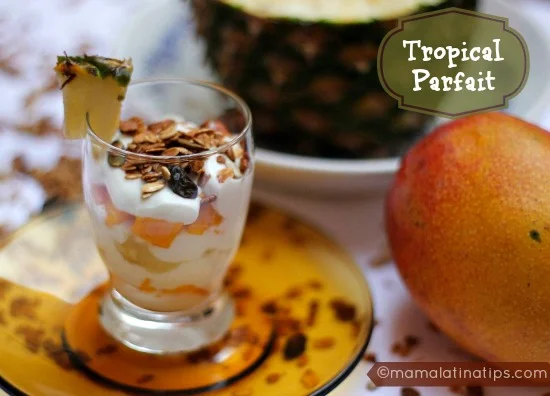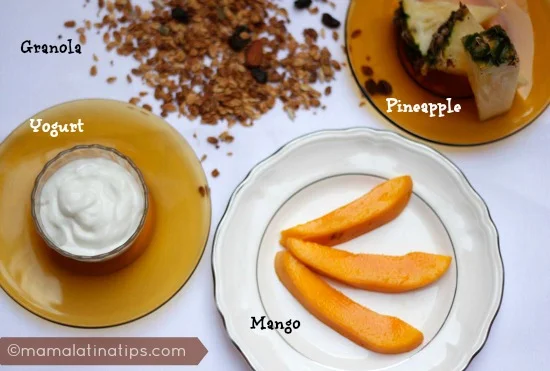This post was written while participating in my partnership with the National Dairy Council, but, as always, all opinions are my own.
I’ve been working with the National Dairy Council because someone close to me has had trouble tolerating milk and I wanted to find out what I could do to help. Plus, after a brief survey of friends and acquaintances, I found that pretty much everyone I know knows someone who believes they are lactose intolerant. It turns out, while lactose intolerance is a very individual condition, many people with lactose intolerance can still consume lactose-containing dairy foods in varying amounts or forms. So I wanted to help. And I suspect my readers are the same.
I was determined to continue using low-fat milk in our diet because it has such great nutritional value, and many of our favorite family recipes include milk. And whether you’re talking about a cold glass of milk, creamy yogurt, or flavorful cheese, dairy foods taste great and help make our life better. So I just wasn’t willing to give it up without a fight. And you know how feisty I can be.
In fact, milk is such an important part of my family’s history, when my husband and kids were visiting our ancestral stomping grounds recently, a longtime resident and friend introduced my husband to another townsperson as the husband of Silvia de las gelatinas. You see my family made and sold milk, cheese, and gelatinas for about 100 years. The gelatinas, except for the simplest examples, almost always included milk.
Anyway, the great news is we have found strategies that have worked for keeping all our family drinking milk, eating cheese, and enjoying yogurt. This is fantastic because, along with all its great nutrition, we get to keep making all our beloved family recipes and keep the history that comes with them, and we don’t have to avoid milk, cheese and yogurt!
Today I wanted to share a very simple recipe that includes a low-fat yogurt that has live and active cultures to help digest the lactose, as well as some yummy, nutritious, fresh fruit. Yogurt is friendly for those with lactose intolerance and provides great nutritional benefits. For example, a cup of yogurt has about a third less lactose content than a cup of milk, but provides more calcium. Enjoy!
Tropical Parfait
Makes 4 portions
- 2 mangoes (manila, or ataulfo)
- 2 (1 inch) pineapple slices
- 4 x 4 oz lowfat, live-active culture yogurt, vanilla, natural or coconut flavor
- Granola
Peel and chop the mangoes into cubes. Separate the cubes into four portions and set aside. Peel and chop the two pineapple slices. Separate into four portions and set aside. In a medium glass pour a couple of tablespoon of yogurt, cover with one layer of mangoes, add another two tablespoons of yogurt, cover with one layer of pineapple, repeat until you finish with 4 ounces of yogurt. Sprinkle the top with granola, that's it!
Repeat for each portion. We used ataulfo mangoes, which are very sweet and creamy. If you can't find this variety, you can use another variety like mango manila. If the only type available in your market is the large haden mango, you may only need one. Any granola will do, we used a homemade mix with oats, peanuts, pecans, mexican pepitas (shelled pumpkin seeds), and syrup.
Provecho!
Do you have someone in your family who is lactose intolerant? Find out all kinds of great information about managing lactose intolerance here.
Please read Mama Latina Tips’ General Health Disclaimer
- Creamy Coffee Flan Recipe - May 14, 2024
- Cantaloupe Agua Fresca Recipe - April 30, 2024
- Pineapple Agua Fresca Recipe (Agua de Piña) - April 27, 2024












